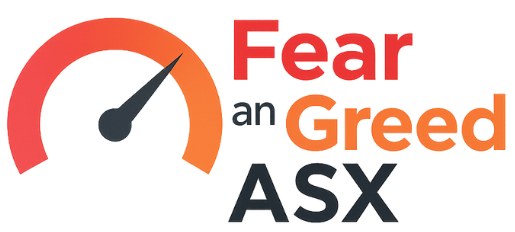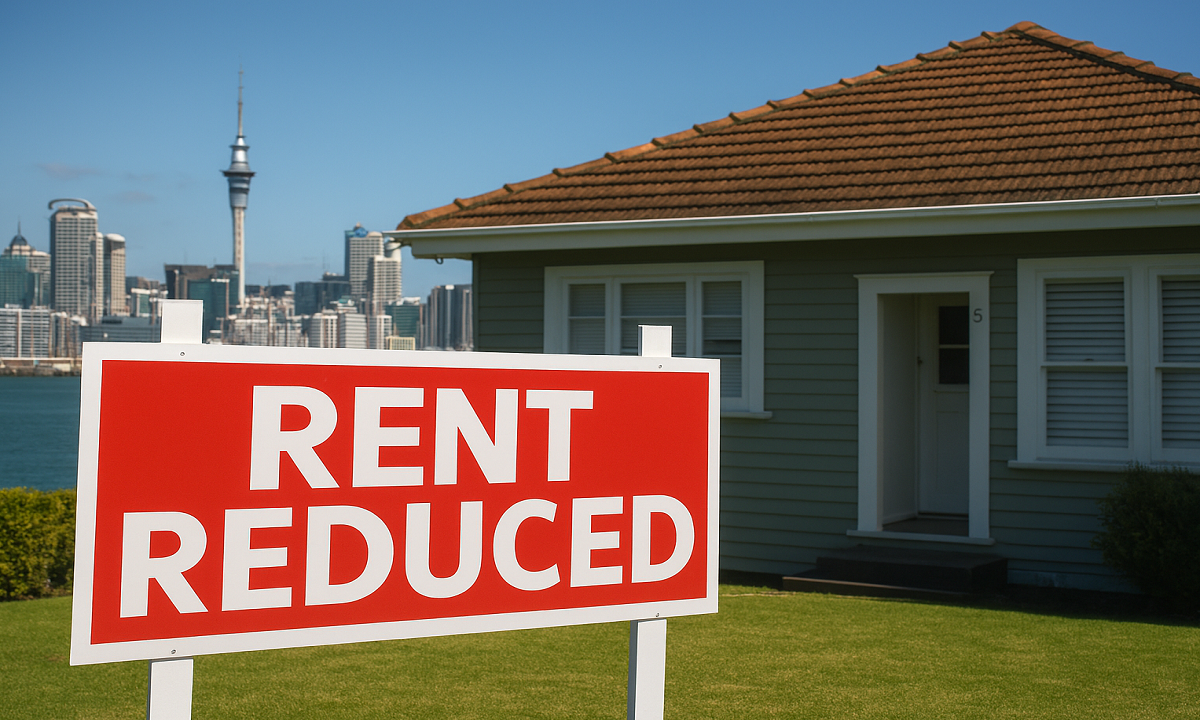I am permanently attracted to how many other orders are deprived of ‘understanding’, even through those who have a really good understanding of the first order about finance. For example, every financial adviser believes that bonds are less fluent than stock. Most financial advisers believe that stocks and bonds also benefit in a portfolio together because they are not concerned. Some financial advisers, and mostly CTAs, understand that Portfolio works diversifying Because When you add un -associated assets simultaneously, the effects of connectivity reduce the risk of the risk of complete risk due to offset. These are all coarse understandings that any financial professionals should ‘get’. However, for advisers or even CTA, it is quite unusual to understand that when inflation exceeds about 2.5 2.5 % for a few years, and becomes a change in the state. The relationship.And they This means a greater risk for the same combination of stock and bonds. Here is the chart I like to show, updated at the end of the year.
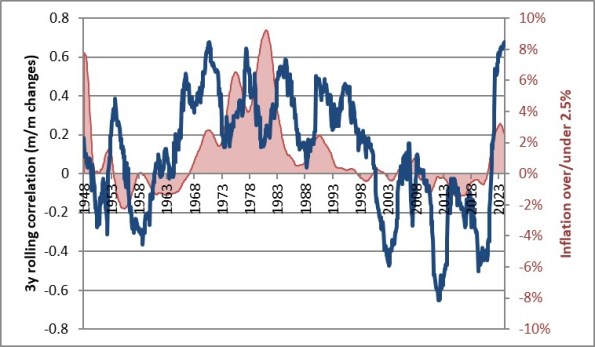
Although this is an example of ‘other order understanding’ that is not known extensively, it is not what I want to write about today. In fact, the change I want to discuss is something that has nothing to do with inflation directly, and this is the effect of fluctuating the asset.
This is an important debate right now, because you have yet received the message that President Trump is going to become a much more microscope in his point of view than the pre -disciplinary presidential presidents – and do you think it’s one. Nice Thing or A Bad Thing – you must have felt Fluctuates It is likely that under this government, the markets are more likely to be higher than that of sleep and more than Trump’s first term. And what it means for markets leads to other order understanding. Hung here with me; If you are not a finance person, it is a bit hairy.
The next chart shows the modern portfolio theory on one chart.
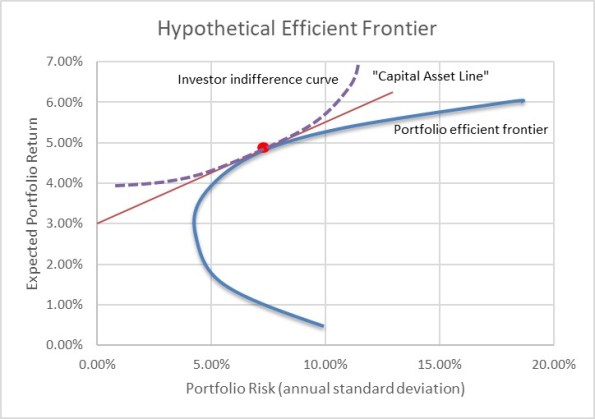
The blue line market is effective Frontier: Each point on the line represents a portfolio of assets that is at least at risk for this level of expected return. Therefore, the highest vertical point is a portfolio of 100 % in the asset that is expected most … You can’t get much return without taking advantage.[1] In this case, let’s suppose that this is an equity. When you go down the curve, you allocate more to other low -risk assets and some leave the portfolio return. Since the assets are not associated with 100 %, you can always get a portfolio that returns to the risk unit at least ((and generally better) any asset – this is the advantage of diversity, when you are at a very low risk, because you are at a very low risk, because you are unaware of today, because you are unaware of it today. And Low return, and so we usually ignore the curvy letter that turns back.
The Red Line is popularly called the “Capital Asset Line”. Assuming that there is a zero -risk device (which is not already in the assets we have considered, so here’s some handlers) and you can borrow and invest at this rate, you can think of a portfolio that has a ‘best’ on the left side of the blue -line, on the left side of the red. The ‘Best’ portfolio here is praised as a place where red curved letters are on blue curves.
Many times you will see those two lines, but does not answer the question of which portfolio the real investor prefers. This shows that investors do not have risk preferences… ie, if I put my portfolio 10 % more risk, I probably need 1 % more return but if I make it 10 % risk, I will need more than 1 % extra return. Not only are I at risk, but I get more risk, which poses major risks. [Lots of experimental data on this. If I offer you a bet where you pay me $1 and on the basis of a coin flip I will either pay you $2 or $0, you are much more likely to take that bet than if I offer you a bet where you are risking $10,000 for the chance at $20,000…or zero]. Therefore, the purple line is a fictitious ‘investor insensitive curve’. I just created this term because I don’t remember what ideologists call it. The curvy represents all the combination of risk and return that makes the investor just as happy. Therefore, the best portfolio for this investor is a place where the purple line – the most puristic color line we can find, which indicates the most happiness – touches the red line.
With me? Now consider the next chart. What I have done here is to increase the risk of every asset and transfer the entire portfolio to the right Frontier to the right.
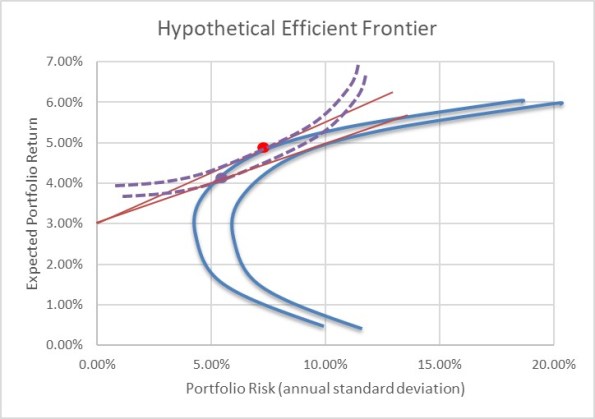
What happens The Capital Asset Line (red) is now flattened. And that means that in the previously purple line, there is no longer a point of tension. We have to go to a lower purple line, and since the purple color line is upwards, the red line is tanned on a point and on the left side of the purple line (the red line is flattened, and the flattering parts of the purple line are on the left). I have put the new ‘maximum portfolio’ as a dot in purple color.
This means: If the overall risk in markets is considered Permanently Increased, then rational investors will move to portfolio with less dangerous assets with more dangerous assets.
You could probably guess that without all the curves. If I am pleased with a certain amount of risk, and the overall risk of things increases, the reason is that I will work to reduce my overall risk. Subsequently, the second order here is that if President Trump is considered by investors to increase overall fluctuations in markets and individual country and company results, we should expect investors to highlight equity.
And it brings me to the last chart. It is a Baker, Bloom and Davis News -based economic policy uncertainty index, counting the number of articles in US -based news sources, which is a combination of default terms that indicate uncertainty about economic policy. The closed lines below show weekly data. Heavy red line shows the average running 12 weeks to get rid of the noise.
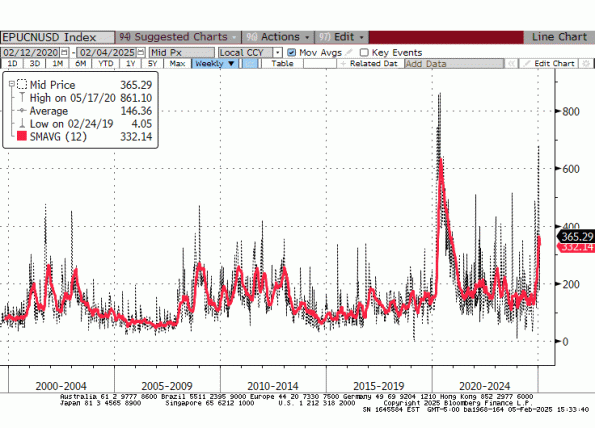
Notice that the three Spicles already on the chart are immediately after the end of the Internet/stock market bubble in the early 2000s, the abolition of the housing bubble and the global financial crisis in 2008-09, and the movie crisis. All three episodes were significantly associated with the lower markets, though you can argue that tight bear markets may create uncertainty of some policy (which has definitely happened after 2008). On the right is the jump Trump jump, and it is already higher than any other period in this chart other than Kovide.[2] We have ups and downs. We have uncertainty. And even if you like the president’s policies, the fluctuations mean that we should not be surprised to see investors pull some chips from the table.
[1] If you take it and take advantage of it, you get the main straight line and go to the right forever. The slope of the line depends on the price of leverage.
[2] Accidentally, the index goes back about 1985 and although I did not show that there are two more left -leaning in this chart: around the 1993 recession, and at the time of the stock market crash in 1987. They are all less than Trump jump.
Original post
